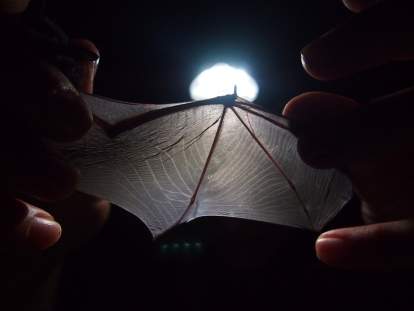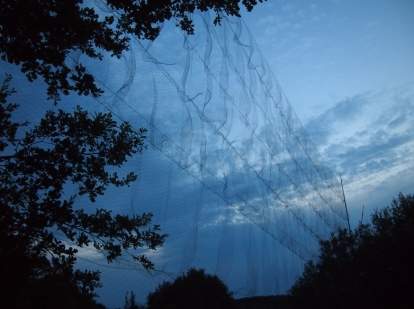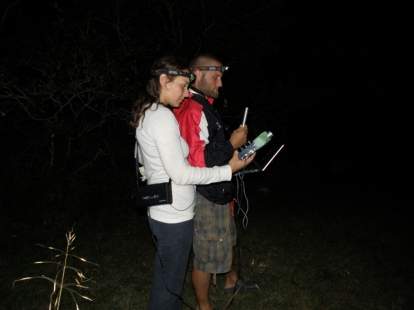
Photo 1. Bat wing (Photo by Patrik Krstinić)
PRELIMINARY BAT STUDY CARRIED OUT IN THE JEZERO REGION AT NJIVICE ON KRK ISLAND The PI Priroda project entitled “Conservation of
the Natural Diversity of the Jezero Region at Njivice on Krk Island”
is funded by the Environmental Protection and Energy Efficiency Fund.
A variety of studies involving the region’s flora and fauna have been
conducted as part of this project. One of the latest studies carried out
by the State Institute for Nature Protection from 11 to 16 July 2012 was
concerned with bats. The research methods applied included mist-netting,
echolocation and daytime inspection of bat dwellings (semi-caves, abandoned
buildings in disrepair, sheds…). The bats caught in nets were processed
(weighed, measured and photographed), and samples of parasites and faeces
were taken. It is well known that bats use echolocation to navigate
in the dark and hunt. As each species emits a unique echolocation call,
the exact species can be determined by recording its call using an ultrasonic
microphone. Some 25 hours of audio footages were recorded on Krk Island
during the study. According to the preliminary results of the study, 11
bat species were identified: Myotisdaubentonii, Myotiscapaccinii, Myotismyotis,
Myotisemarginatus, Rhinolophushipposideros, Rhinolophusferrumequinum,
Rhinolophuseuryale, Pipistreluspygmaeus, Pipistreluskuhlii, Miniopterusschreibersii,
Nyctalussp. The results of the bat fauna research have confirmed that
the Jezero region is indeed an area of outstanding biodiversity. Patrik Krstinić 
Photo 2. Using mist-nets to capture bats at night (Photo by Patrik Krstinić)

Photo 3. Recording echolocation calls (Photo by Daniela Hamidović)

Photo 4. Bat colony at its daytime rest (Photo by Daniela Hamidović)
|